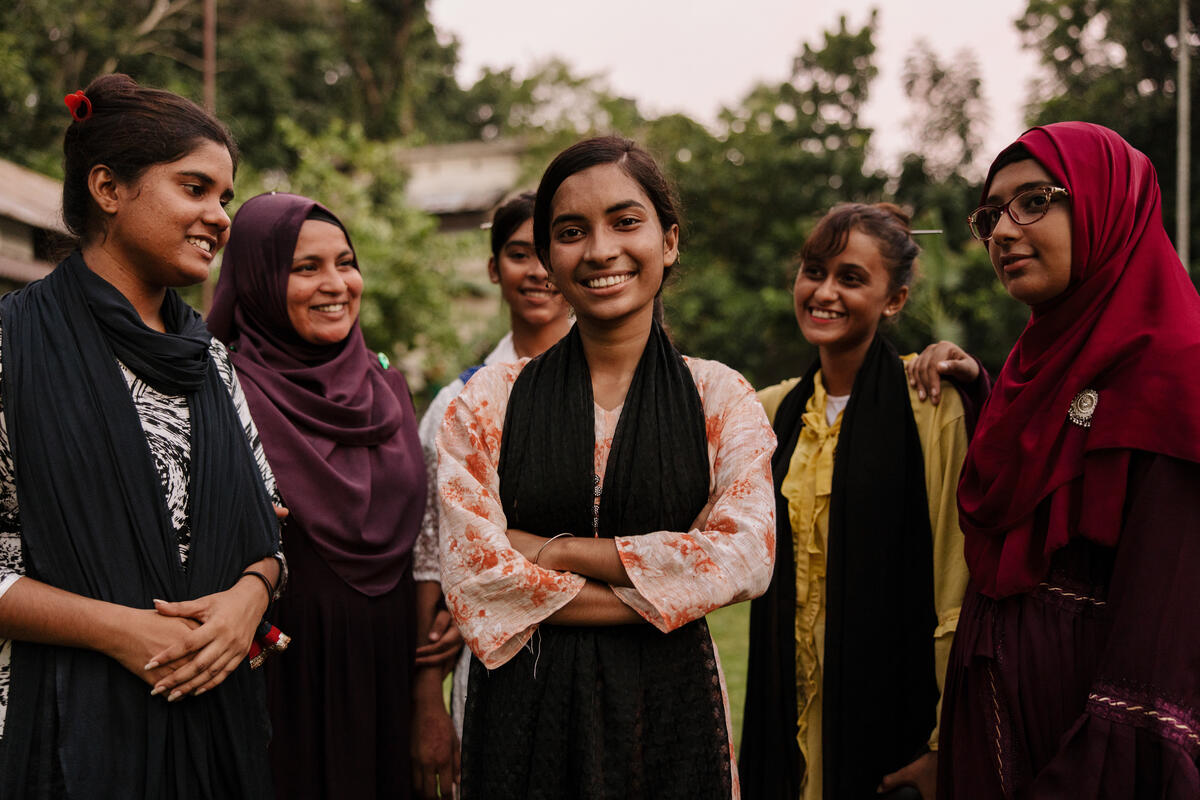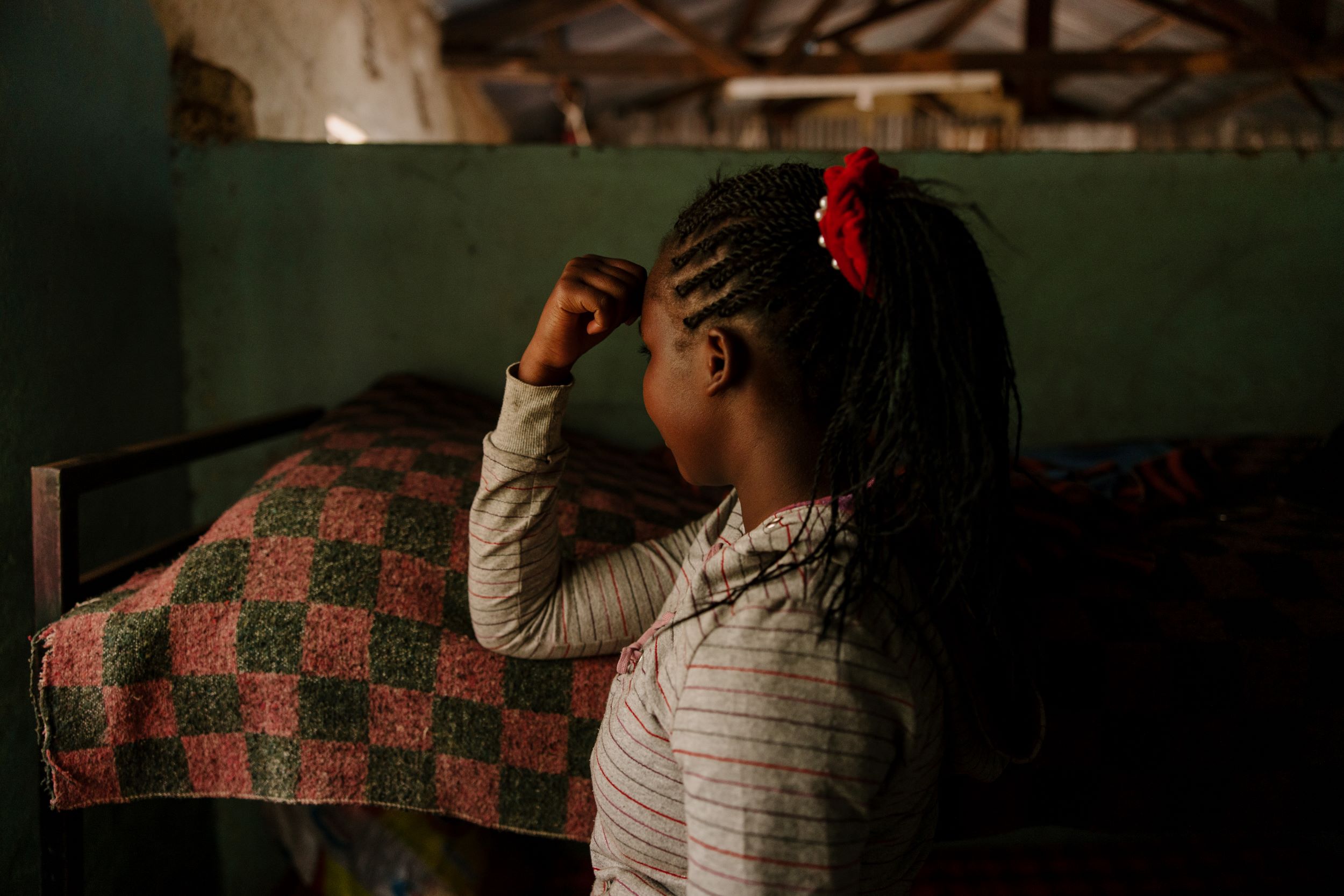Dana Buzducea, Partnership Lead for Advocacy and External Engagement at World Vision International, said: “The number of people going to bed hungry and living with the long-term effects of malnutrition shot up during the pandemic and have not gone down. This is after years of success in reducing hunger."
"People who cannot feed their children are left with little choice but to leave their countries and seek survival elsewhere. If we do not act now, every year more people will be forced into migration, millions of girls will miss out on their education, trillions of dollars will be lost in economic potential, and young mothers and their children will be at increased risk of death. Those that survive will pay lifelong costs for malnutrition, that if not addressed, will be passed on to their own children in a vicious cycle.”
Food insecurity, and a preference for male children in some places, means that in many countries girls are more likely to be hungry or malnourished than boys, even in their own families. When women and girls’ health, school, or job performance are impacted by malnutrition, traditional gender norms amplify the impact and girls become more likely to lose their lives, not complete school, earn less, marry earlier, and have children younger.
Today, millions of adolescent girls and women suffer from different forms of malnutrition. Women and girls suffer most due to climate, economic, and conflict related shocks, and during the COVID-19 pandemic, a UNICEF report showed that the gender gap in food insecurity (difference between the number of women affected by malnutrition, compared to men) more than doubled from 49 million to 126 million, as the pandemic exacerbated inequalities and wreaked havoc on women and girls’ ability to work, support themselves and access nutritious food.
“Often when we talk about hunger, people picture the famines of the 1980s, but since COVID-19, the impact of the economic crisis, climate change and conflict has spurred an alarming increase in the number of children and families living in famine-like conditions or being severely malnourished. That is why World Vision’s global campaign ENOUGH focuses to the root causes of hunger and our new report highlights the enormous costs of malnutrition to girls in every country on the globe, as no country has eliminated malnutrition,” Buzducea added.
Read the report in full
For all media requests or spokespeople in relation to this story, please contact our media team.



